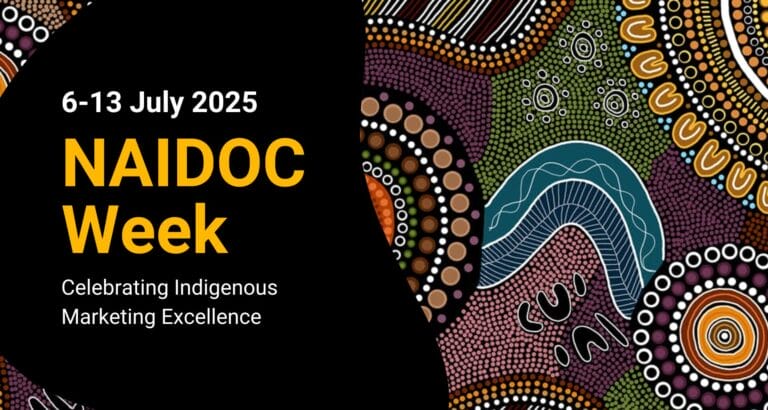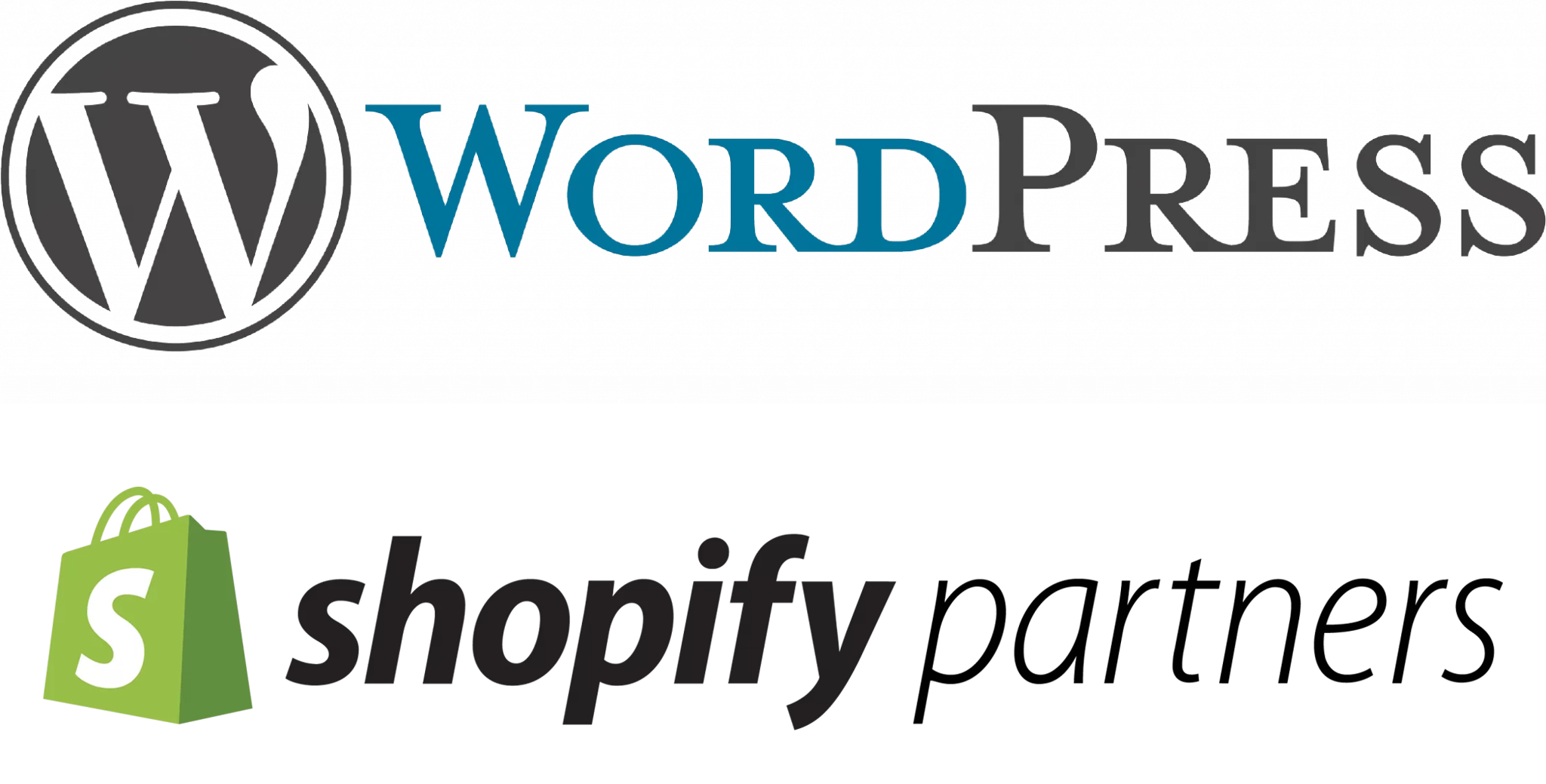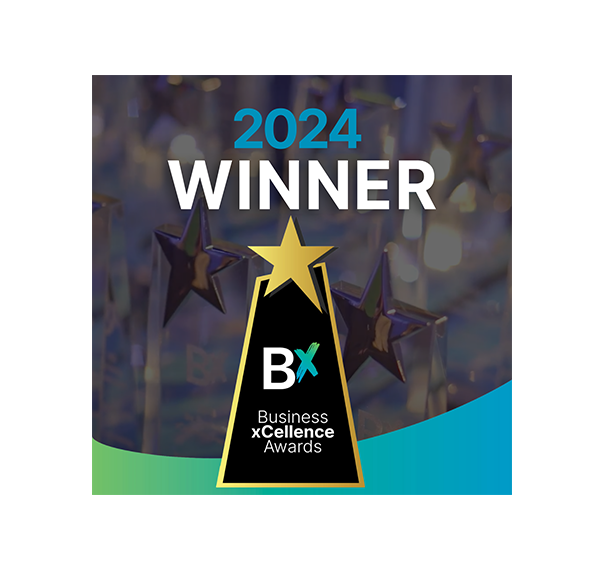Jargon. All industries have it. Jargon exists in both the marketing world as a whole and in the specific field of search engine optimisation (SEO). Want to learn about some common SEO jargon that you’ll encounter along your digital marketing journey? Continue reading.
ALT Text – aka alternative text or ALT attributes. This is the text that is used to provide information about an image. This text aids Google in understanding the subject of your image and the contents of your page better. ALT text is also used for determining the visibility of your image in Google Images – possibly bringing more traffic to your website.
AMP – It is short for Accelerated Mobile Pages. It is mechanism that allows mobile website to load faster and quicker through the reduction of JavaScript and Cascading Style Sheet (CSS), and the use of Content Delivery Network
Anchor text – Anchor text is the clickable text in a hyperlink.
For example. Fenix SEO Extension with this link ‘Fenix SEO Extension’ is the anchor text while https://www.ignitesearch.com.au/fenix-seo-best-seo-chrome-extension/is the link address.
Backlinks – aka incoming links, inbound links and inward links. These are incoming links that direct users to your website from external websites.
Black Hat SEO – Refers to the use of aggressive tactics used to positively influence the ranking of a website. These tactics focus on search engines and not human audiences and are typically a violation of the search engines guidelines.
Bounce Rate – This is the percentage of users who have entered and have left your website after viewing only one page without any interaction.
Breadcrumbs – It is a row of internal links displaying the hierarchy of a website. This is particularly useful for users who can use it to backtrack to previous pages.
E.g. Home> Services> SEO Services
Cache – This is the storage of information and data that can be accessible at a later date. Cache also aids to improve performance and efficiency. For example, a browser can store or cache an image so when you do visit another website with the same image it can simply load from the cache instead of re-downloading, increasing page speed.
Canonical – A canonical tag is a way to tell search engines that a specific URL represents the master copy of a page. This is denoted in the HTML code.
CDN – refers to Content Delivery Network. This aids users to access your content quickly by storing cache version in various geographical locations. For example, a user in America who accesses your site in Perth will do so through a local US server.
CMS – CMS stands for Content Management System, It is a software tool that allows you to create, edit, and publish content onto your website. Common content management systems include WordPress and Wix.
CSS – Stands for Cascading Style Sheet, which tells a webpage as to how you want it to be styled in terms of colour, font and size etc.
Google Webmaster Guidelines – Google Webmaster Guidelines are like the ‘laws of SEO’. The Webmaster Guidelines outline the best practices when optimising a website. Violation of these rules can lead to severe penalties such as the removal of your site by Google.
Heading Tags – These are the style of texts, ranging from H1 to H6. This allows Google and users to comprehend your page structure and hierarchy in a coherent manner. Aiding Google to better understand your content also help improve SEO. For example, H1 tags are generally the largest text and are used for the title of the page or to emphasize a text. Examples of the various headings are outlined below.
 HTML – stands for Hypertext Markup Language. This is the language computers use to communicate with the Internet. This is displayed in a coding format consisting of markup tags.
HTML – stands for Hypertext Markup Language. This is the language computers use to communicate with the Internet. This is displayed in a coding format consisting of markup tags.
Java Script (JS) – This is a programming language which is used to enhance webpages and make them more interactive. For example, if you click a like button or expand a tweet java script is at work to make those actions happen.
Markup tags – Markup tags are a snippet of code that defines the structure of your text. For example <H1> is H1 markup that defines text as a H1 tag.
Meta description – This is a short description of the content of a webpage. This text is not visible on the website but is simply displayed on a search engine results position (SERP). Google constantly changes the length of these descriptions. As of July 2018 from an observational point of view it is roughly 160 words. Highlighted in red below is the meta description.
SERP – stands for Search Engine Results Page. This is a list of sites on a page in response to a particular search query or keyword. It is inclusive of all paid, organic, and advertisements. The site’s ranking position is within the SERP.
White Hat SEO – As oppose to black hat SEO, white hat SEO is within the Webmaster Guidelines. It uses ethical SEO techniques and practices that focus on a human audience rather than the search engine to positively influence rankings.
By now you should be an SEO-jargon whizz, ready to take on the SEO world confidently. If you’re looking for any additional assistance with your SEO Ignite Search can help! Contact us today at 08 9467 9883 or email us at info@ignitesearch.com.au.













